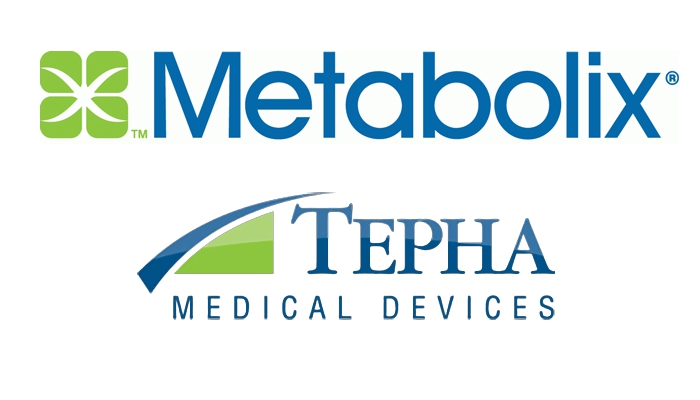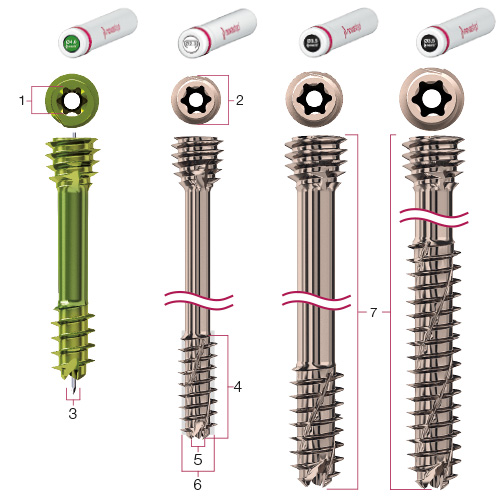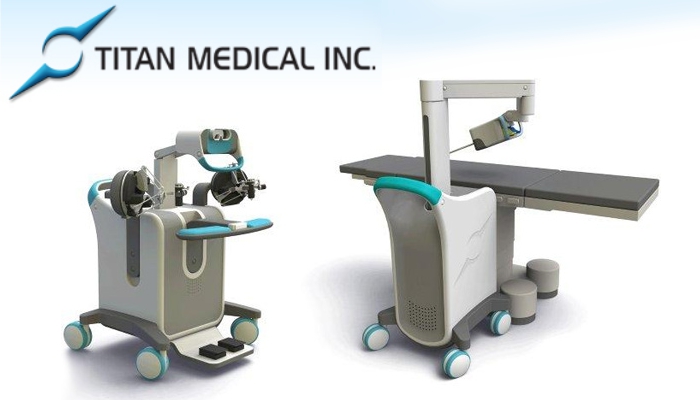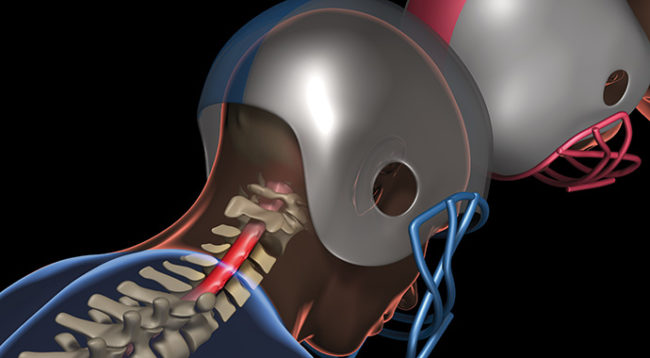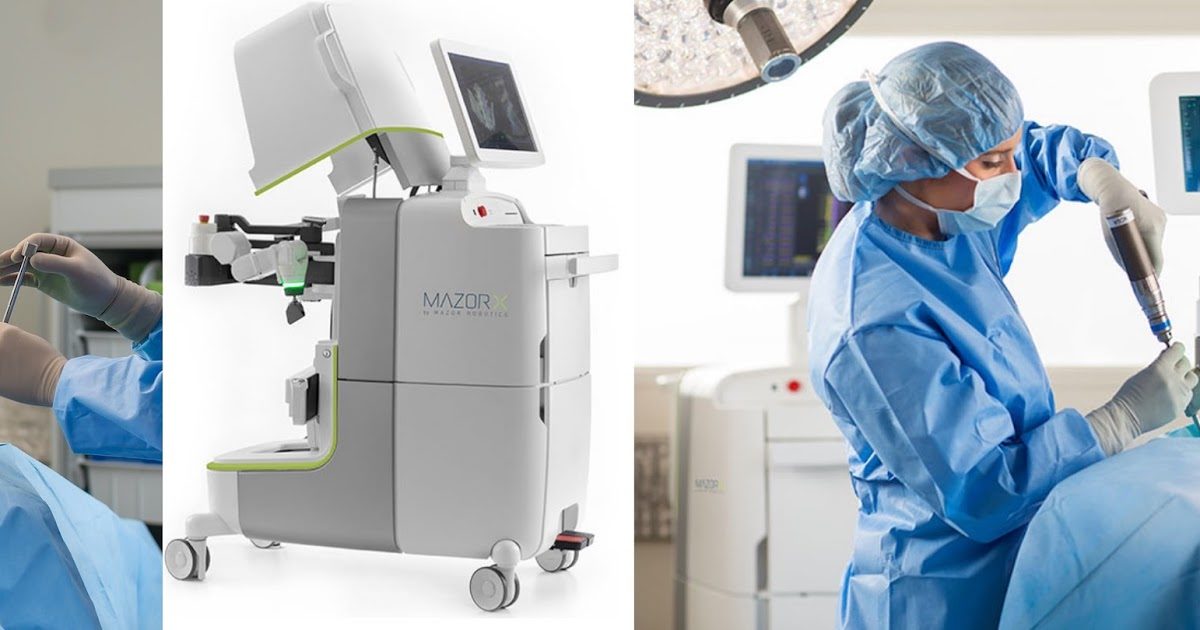LEXINGTON, Mass., Oct. 11, 2016 /PRNewswire/ — TEPHA Inc, the pioneer developer of implantable medical devices based on a resorbable polymer known as poly4hydroxybutyrate (P4HB), announced today that the Company has completed a buy-out of its royalty obligation to its former licensor and parent company, Metabolix, Inc. Beginning in 2008, Tepha and its partners have commercialized implantable medical devices manufactured from P4HB in both the US and Europe. Tepha’s commercial partners include, C.R. Bard Inc., B Braun, Wright Medical Group NV, and Galatea Surgical, a wholly owned subsidiary of Tepha focused on the Aesthetic Plastic Surgery market.
Andrew Joiner, President and CEO of Tepha, commented: “The buy-out of our royalty obligation in conjunction with Metabolix was financially advantageous for both companies. Specifically for Tepha, the cash flow from our savings will help finance the continued development of our core technology as well as pre-clinical and clinical testing of new applications.”
P4HB is a biologic polymer produced through a controlled fermentation process. Compared to medical devices based on other commercially available resorbable polymers, P4HB constructed devices have been shown to be less inflammatory, less acidic, more flexible, less brittle, and stronger with implanted strength retention that is compatible with the body’s natural healing process. Tepha currently offers a range of P4HB-based fibers, mesh and other constructs. Tepha is continuing to expand its P4HB technology platform to include collagen and antibiotic coatings, high strength multi-filament fiber, and non-woven materials, all targeting new market and partnering opportunities.
About Tepha: Tepha Inc, founded in 1998 and headquartered in Lexington, MA, is a supplier of medical devices focused on the BioMaterials market. Tepha’s products are designed and developed to elevate, support and reinforce areas of soft tissue weakness as well as to promote improved healing responses. To date Tepha and its partners have received 23 510(k) clearances for devices marketed in the US as well as five CE Marks for products sold in Europe. Commercial products based on Tepha’s resorbable P4HB polymer technology include: high tensile strength sutures for orthopedic soft tissue repair; mesh constructs for ventral and inguinal hernia repair; monofilament sutures for abdominal wall closure and plastic surgery; patches for tendon and ligament repairs; and mesh constructs for face and breast lifts. To date, products made from P4HB have been successfully used in more than 1,000,000 surgical procedures worldwide, and have been the subject of over 30 published clinical and scientific papers.
| Contact: | John Hartnett |
| Executive Vice President and Chief Operating Officer, Tepha Inc. | |
| 781-357- 1772 | |
| Andy Joiner | |
| President and Chief Executive Officer, Tepha Inc. | |
| 781-357-1770 |
SOURCE TEPHA, Inc.
Related Links
